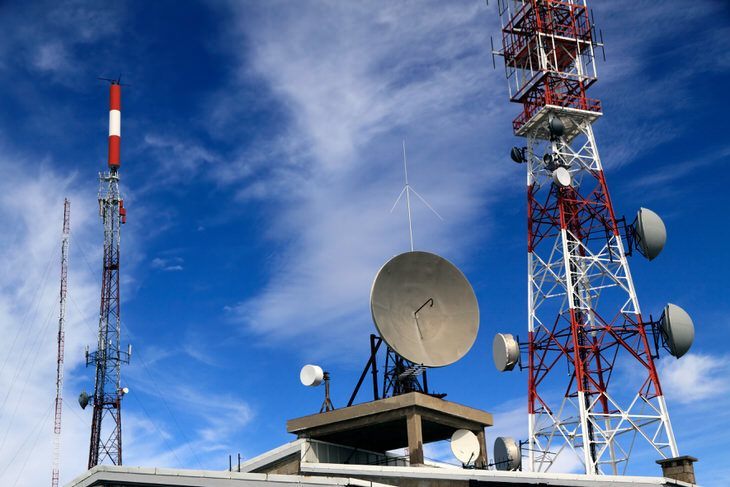Communication problems are pervasive in many disaster situations. Nearly all the case studies of disasters occurring in the last 30 years describe communication problems of some sort.
The general issues are:
1) external communication with the public (covered in another post);
2) internal communication among emergency response personnel and their agencies, discussed here.
Technical problems are common
Despite massive technological changes in recent years, communication problems persist: including system failure, system overload, and incompatibility between communication systems used by different agencies. Some of the specific technical problems identified in recent case studies are:
-
- Failure of the wired telephone system, due to explosion, etc. (experienced by police, fire-fighters and military in the Toulouse ammonium nitrate disaster, September 2001) [18];
- Overload of the telephone system due to insufficient lines (experienced during the Weybourne leaking container ship incident, Norfolk, May 1991) [19];
- Saturation of the mobile phone network (Toulouse, 2001) [18];
- Out-of-range radio communications (experienced by police during the Nypro (UK) Ltd. Chemical factory explosion, Flixborough, June 1974) [20];
- Incompatible radio systems, such as lack of common communication frequencies experienced by fire, police and coastguard during the Weybourne (Norfolk) leaking container ship incident, May 1991 [19].
This article is an extract from my 82-page report "Psychological and Behavioural Responses to CBRN Disasters: Implications for emergency response, community, and business continuity" Get the full report...
Strategies for overcoming technical problems
General strategies recommended for overcoming technical problems in disaster situations are:
- redundancy of communication channels can be an important strategy, so that if one communication technology fails or becomes overloaded, another channel can be used to maintain communications (e.g., substituting fax for telephone) [21,22];
- providing a separate communication network for crisis management. [18,23].
Good use of electronic communication systems can have additional importance in certain CBRN incidents because it reduces the risk of disease transmission or contamination through face-to-face contact [21].
Most problems are a complex mix of technological and human factors
However, most communication problems are created from a complex mix of technological and human factors. For example, maintaining adequate communication systems can be more difficult if reliant on voluntary work by technicians and engineers [20]. Improved training in communication systems for emergency personnel can make for more efficient system use [24]. Communication hubs such as control centres and casualty centres can become overwhelmed by the number of incoming communications, insufficiency of communication channels, and insufficient staff training and preparedness. This increases stress and in extreme cases could lead to organizational failure [21].
Disaster situations present conditions specific to disaster situations in general as well as features unique to the specific disaster. For example high information uncertainty and limited information control are features of disaster situations in general which create challenges for crisis communication [25,26]. Communication dynamics within teams, across organizational levels and between different agencies, under disaster conditions all need to be better understood [27,28]. Communication technologies used in disaster management each have different features and properties that in turn affect communication dynamics [29].


